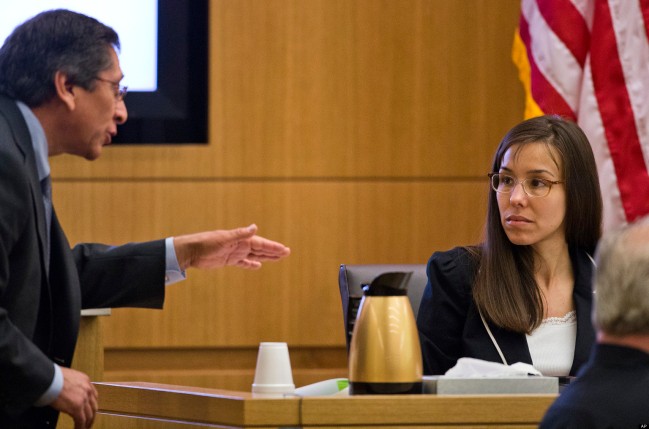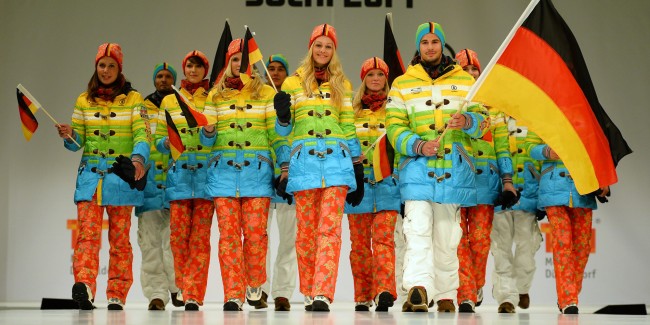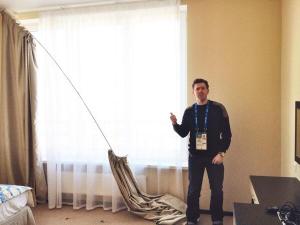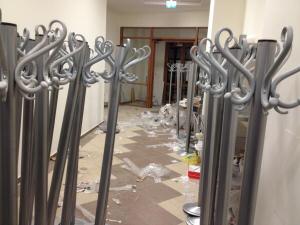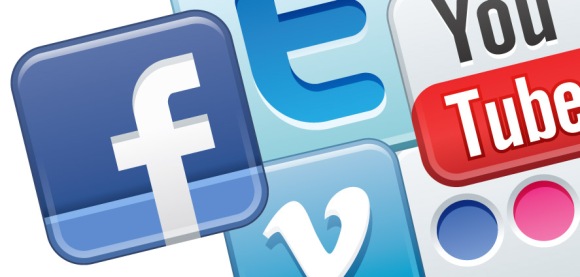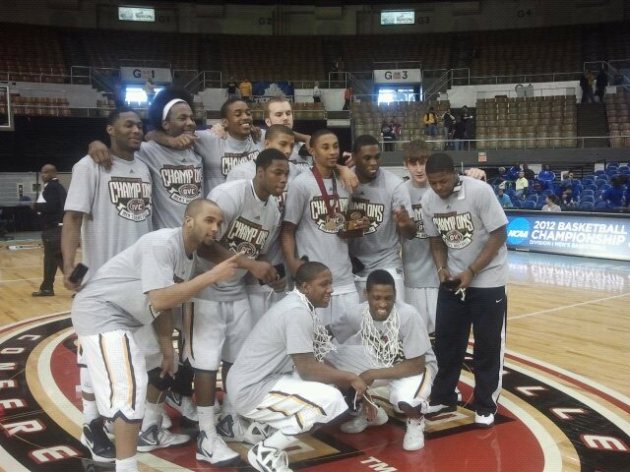Because of its nationally recognized agriculture program and its location in a prevalent farming community, Murray State has kept and continues to keep its ties close to Big Tobacco companies.

A corporate advertisement from L&M cigarettes in a 1947 edition of The College News (Currently The Murray State News). Photo Courtesy of Murray State University Special Collections and Archives.
Since opening its doors in 1922, Murray State (formerly known as Murray Normal School), has received heavy funding from tobacco companies, who look at the University as a promising source of agribusiness graduates.
According to a study by the U.S. Department of Agriculture, Kentucky is the number one state in the nation for dark-fired tobacco production. Calloway County is the number one producer in Kentucky, producing over eight million pounds of tobacco each year.
Because many tobacco producers and future generations are Murray State alumni and students, the U.S. Smokeless Tobacco Company donated $35,000 for agriculture student scholarships.
Big Tobacco doesn’t only fund the University through scholarship programs. For decades, both The College News (currently known as The Murray State News), and The Shield (Murray State’s former yearbook), received the majority of their advertising revenue from tobacco companies. It was common to see corporate cigarette advertisements on every other page, with endorsements from celebrities like Ronald Reagan and doctors who touted the health benefits of smoking Camels.
The aggressive cigarette advertising waned in response to legislation like the Public Health Cigarette Smoking Act of 1969, which banned cigarette advertisements on most media outlets. Despite the ban, however, tobacco companies are largely responsible for the early development of Murray State’s student-run media organizations.
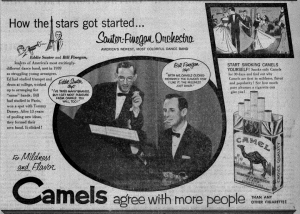
Another corporate advertisement from Camel cigarettes in a 1956 edition of The College News. Photo courtesy of Murray State University Special Collections and Archives.
The boom in cigarette advertising reached its peak from the late 1940s to 1970s. The spike in advertising was a response to the end of World War II, when cigarettes were in limited availability to non-soldiers. Alongside things like milk and bread, cigarettes were on the list of rations during war time.
The monetary relationship between tobacco companies and Murray State, despite its age, influences how the University constructs policies today.
The Murray State University Alumni Association lists Altria Group Inc. as one of its largest donors. Altria, formerly known as Phillip Morris, controls popular tobacco brands such as Marlboro, Skoal, L&M, Black & Mild and more.
Even though other Kentucky colleges like the University of Kentucky and The University of Louisville became smoke-free campuses in recent years, Murray State still remains a campus that allows tobacco products.

The final list of budget recommendations on the first draft of Murray State’s 2013 Budget Taskforce Subcommittee. Item No. 48, the incentive to make Murray State a Smoke-free campus, was removed in later drafts.
When President Tim Miller gave updates to students about the 2013 Budget Task Force Subcommittee, he provided documents containing the listed recommendations. Item No. 48 on the first drafted list of budget recommendations was to make Murray State a smoke-free campus.
When an updated list of budget recommendations was sent to students, the incentive to make Murray State smoke-free was removed. The reasons were unspecified, but this could have been done to prevent alienation of funding from tobacco companies.
A 2012 assessment from the National College of Health indicated the regular smokers make up 6 percent of Murray State’s student population.
Regardless of public opinion shifting against tobacco industries and products in recent decades, they are largely responsible for the financial livelihood of Murray State – specifically its agriculture program.

